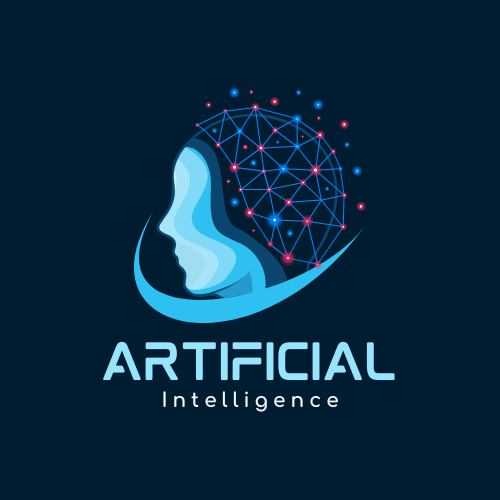What responsibilities does a CDI specialist or IP coder possess in an AI-enabled environment? A look at some pros and cons

By Brian Murphy
What does it mean to work as a clinical documentation integrity (CDI) or inpatient coder in a high-tech, AI-enabled environment?
I got a glimpse of the future (for some, the present) this week while attending the ACDIS Virtual Symposium. And jotted down a few pros/cons as I see them, from the perspective of a non-clinician/non-CDI professional who just likes this type of stuff.
I welcome your insight and perspective. Please leave a comment below.
Pros
- CDI and HIM professionals can spearhead AI strategy across their organization. This opens up leadership opportunities beyond their department.
- Clinical medicine is moving up the ladder. These tools are as much an aid for the provider as the CDI; they’re being alerted to possible diagnoses before they’ve bloomed into a four-alarm fire. Which is great for the patient.
- Diagnoses under review are getting more complex and interesting, or expanding into new service lines. ABO isoimmunization and neonatal hypoglycemia are talked far less frequently about than CHF or CKD but today are being prompted for clarification thanks to advanced AI.
- Time has shifted from searching the record for data to acting on it. These tools allow CDIs to review discrete bits of documentation that’s been machine aggregated, summarized, and linked to where it lives in the record. Suggested codes and clinical justification for the diagnosis are presented for review.
- Humans are still calling the shots. They still get to decide: Valid query, or dismiss? Some good examples were given of machines not always understanding context or lacking requisite information; for example an AI generated acute blood loss anemia query might result in a conversation with the surgeon who rules it out as clinically insignificant.
Cons
- Cases with opportunity may be deprioritized. If you are a Vizient hospital and your tool does not account for diagnoses that add weight in that methodology, that’s a bug, not a feature.
- Providers are getting hit with more queries, either by the CDI who is alerted or at the point of care by the tool itself. Increased query rates from machine review were being touted as a good thing … but this can lead to click fatigue and burnout. Monitor carefully.
- There may come a day where humans are cut out of the loop entirely. Right now that is not the case, but to not talk about it is disingenuous. After seeing the current state of sophistication, the thought crossed my mind. Black humor: I suppose that if we reach the point where we’ve surrendered our decision making to the machines, no one will need to work, and either we’ll abandon capitalism for UBI utopia or cyborgs will stalk the land looking for Sarah Connor.
What are your pros/cons? Do you work with AI powered query tools, and if so how have they changed your job?
Always welcome your thoughts and comments at brian.murphy@norwood.com.
Related News & Insights
Code Red: CMS announces massive audit expansion of Medicare Advantage, raising risk adjustment coding questions
By Brian Murphy For a while I felt like this was coming to a head. As far…
Are you assigning admit type based on NUBC guidelines—or a loose interpretation to influence quality metrics?
By Brian Murphy Prior to our Off the Record podcast recording my guest Penny Jefferson shared with…


